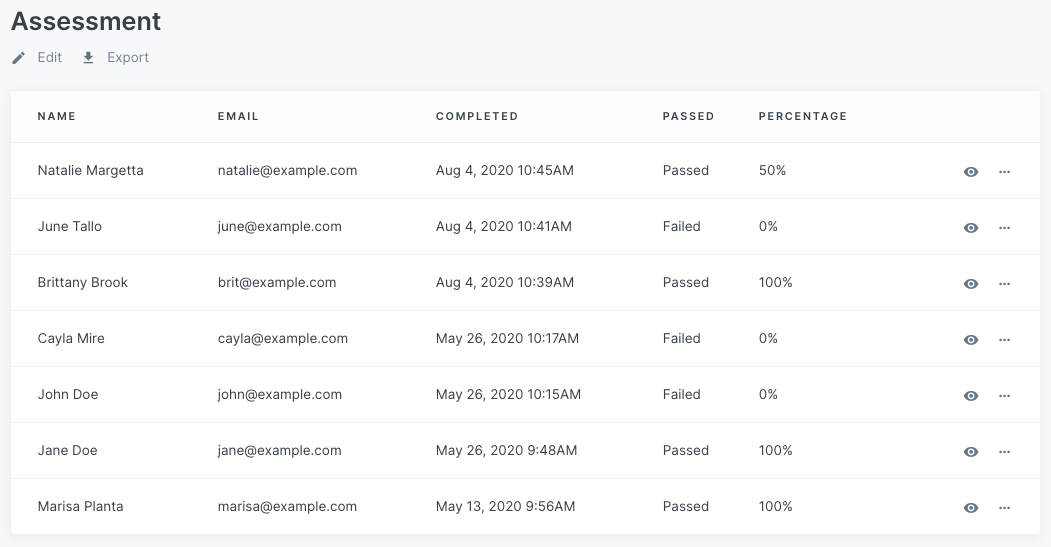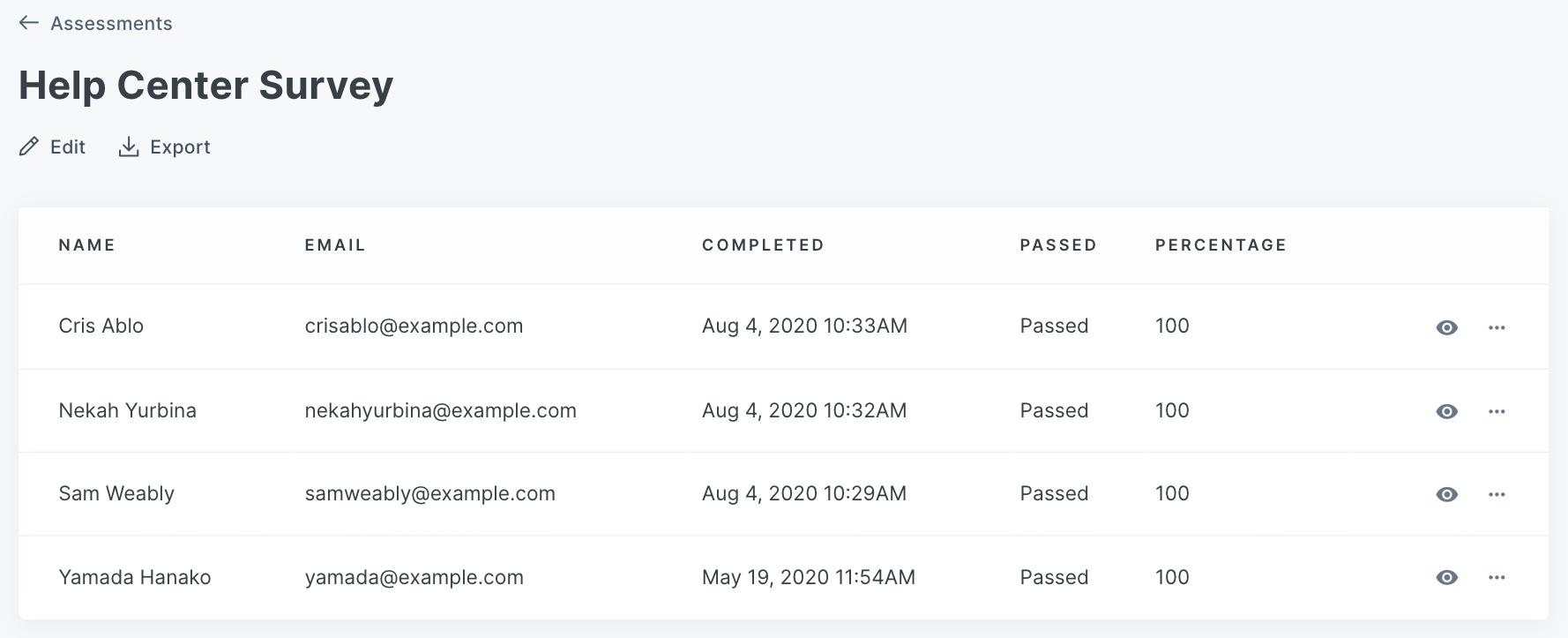Hello, course creator!
The countdown to your highly anticipated Kajabi course launch is nearing its end.
In this article, I’ll guide you through the essential final preparations, incorporating some actionable exercises along the way to help you define the best strategies for your unique course.
Let’s get started..
Step 1: Review and Finalize Course Content
Take some time to meticulously review all your course materials. Pay attention to areas that may need improvement or further clarification.
Organize your content in a logical sequence that provides a seamless learning experience for your students.
Step 2: Test Your Sales Funnels
Put yourself in the shoes of a potential student and navigate through your sales funnels. Identify any friction points or technical glitches that may hinder the enrollment process.
Ensure your payment gateways are set up correctly and conduct test transactions to verify smooth processing.
Step 3: Polish Promotional Materials
Gather feedback from friends, family, or colleagues on your promotional copy. Ask for their input on whether the value proposition is clear and compelling.
Craft persuasive and engaging copy for your landing pages, emails, and social media posts that resonate with your target audience.
Step 4: Implement Last-Minute Marketing Efforts
Now’s the time to brainstorm innovative ideas to create excitement around your course launch. Consider hosting a live webinar or collaborating with influencers to expand your reach and generate buzz.
Execute your marketing plan and create a content calendar for pre-launch promotional activities.
Step 5: Address Pre-Launch Jitters
Acknowledge any pre-launch jitters or doubts that may be creeping in. Write down positive affirmations to counter these feelings and remind yourself of the value you’re providing to your future students. Embrace the excitement and positive energy surrounding your course launch.
Step 6: Stay Committed to Success
Reflect on the journey that led you to create this course. Reconnect with your purpose and envision the positive impact your course will have on your students.
Reaffirm your commitment to success and visualize the thriving community of learners who will benefit from your course.
Step 7: Monitor Launch Day Performance
Outline key performance indicators (KPIs) to track on the launch day. These may include enrollment numbers, website traffic, and email open rates.
Keep a close eye on the KPIs and use the data to make informed decisions about your marketing strategy.
Step 8: Continuous Improvement
Seek feedback from beta testers or early enrollees to identify areas for improvement in your course content. Use the feedback to make necessary refinements and adjustments to create the best learning experience possible.
By following these strategic steps and incorporating the exercises along the way, you’ll be well-prepared to launch your Kajabi course with confidence and success.
Remember, preparation and dedication are the keys to a triumphant course launch.
And don’t forget to seize these valuable opportunities:
►► Grab your FREE trial of Kajabi + $5,995.00 of FREE bonuses here: https://danlok.com/kajabi/
►► Watch the FREE masterclass on how to get paid for what you know: https://www.getpaidmasterclass.com
To your unstoppable success,
Dan Lok




